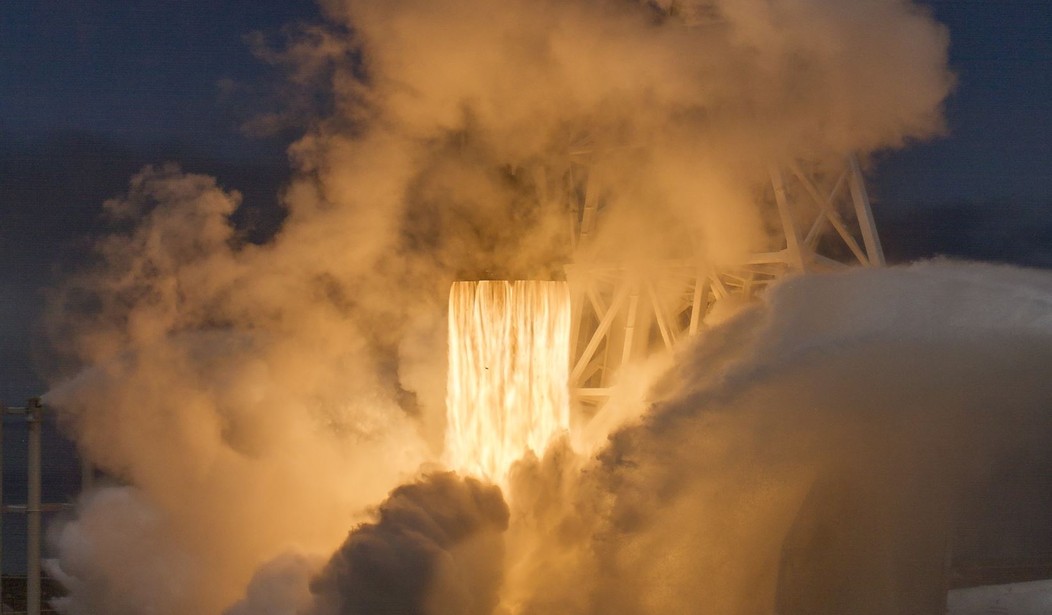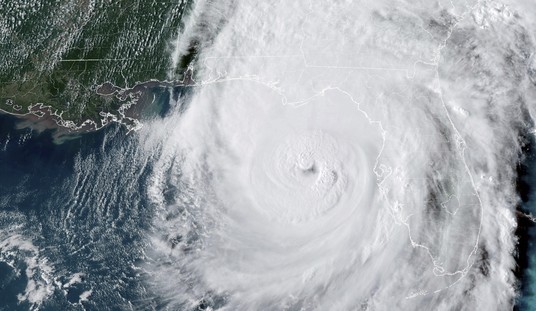As SpaceX continues to develop the Starship rocket, there have been a series of tests and launches out of the Boca Chica testing facility in South Texas, less than a half-mile from the Mexico border. The launch of SN8, the previous launch attempt of Starship occurred a few weeks ago and ended in a close but disappointing landing.
Today’s SN9 launch was unprecedented for a few reasons, most notably that there were two rockets on the range, as SN10 sat waiting for its turn to launch in a short period of time. SN9’s launch has been delayed for several weeks, largely because of the FAA’s restrictions placed on the company after SN8’s failure. Elon Musk, who in a lot of ways has been singularly responsible for the return of launching Americans from American soil with the Falcon 9 rocket and Dragon Capsule, has been extremely vocal about his displeasure with the FAA and their sandbagging of SpaceX’s progress in the development of Starship.
SN9’s launch went almost perfectly, with the rocket lifting off from the pad and traveling to the altitude of 10 kilometers, before performing what SpaceX officials have come to call a “bellyflop” or the maneuver in which Starship goes from an upright position, to horizontal as it allows gravity to direct it back to the earth. Starship’s bellyflop maneuver went nearly spotless, as the rocket returned to the ground, displaying a high degree of stability due to the “wings” on the side of the rocket.
As the rocket approaches landing, the engines reignite, pushing the tail end of the rocket back to the ground and allowing for the rocket to land upright. Today’s launch, however, was headed for disaster as at least one of those rockets appeared to break apart, sending debris away from the rocket as it began to fire up the engines to push the end of the rocket down. Instead of the rocket returning to an upright position, SN9 flipped completely over, landing instead on the top side of the rocket before exploding into a tremendous fireball.
Watch: (the action begins about 6 minutes into the video)
https://twitter.com/SpaceX/status/1356699321840721920?s=20
For reference, a finished and fully developed Starship rocket will be larger than a Saturn V rocket, which famously pushed astronauts and their lunar landing equipment into space and on towards the moon. The Apollo project and the Saturn V rocket took a decade for development, and SpaceX and Musk are still within that time. The largest difference is that the Saturn V was pushing equipment 250,000 miles and back to the moon. Starship will likely become the means that SpaceX uses to ferry astronauts to the surface of Mars.













Join the conversation as a VIP Member